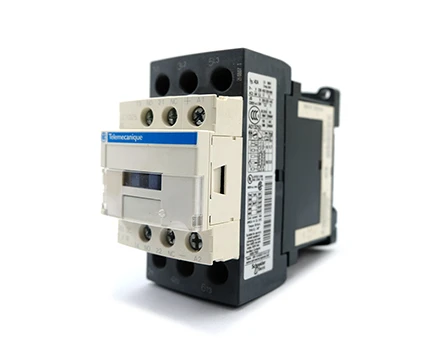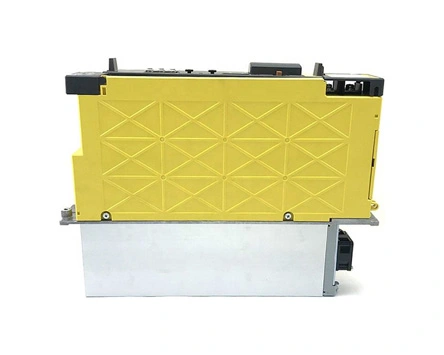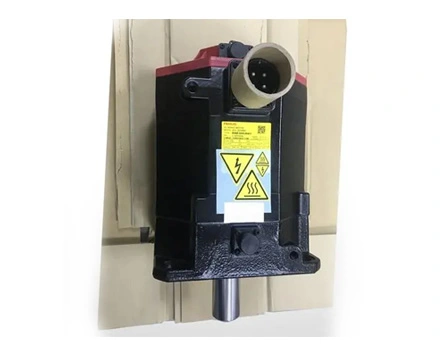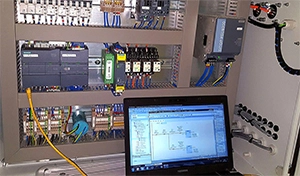
In case of heavy load, locked rotor and phase loss, the fanuc motor will generate abnormal heat. If the heating exceeds its heat dissipation capacity, the temperature of the fanuc servo motor rotor will rise rapidly, and the insulation layer will be damaged, resulting in inter turn short circuit, which will lead to the burning of the motor.
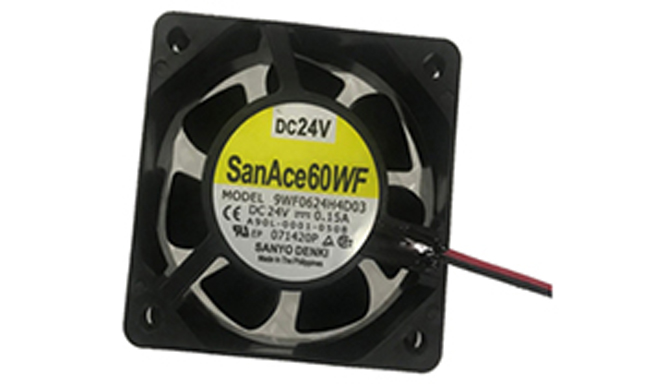
If the requirement for heat dissipation is not high, thermal resistance can be used for thermal protection. For the case of high heat dissipation requirements, the motor comprehensive protector can be used and the cooling fan can be installed to improve the heat dissipation performance of the fanuc spindle motor.
In general, the siemens servo motor can work normally even without a fan. However, if it works for a long time, the heat generated by the motor will not be discharged, resulting in the decline of motor performance and affecting the service life of the motor.
When the siemens torque motor is working, the temperature of its coil will gradually rise, and the heat will be transmitted to the heat sink on the surface of the motor through the metal casing. When a fan is installed on the heat sink, the heat can be discharged in time, so as to achieve the purpose of heat dissipation for the siemens linear motor.
Cooling the motor with a cooling fan is the easiest way. Although some motors have their own blades, the wind formed by these blades is not enough to cool down. Therefore, the cooling fan is a vital component for the motor. In order to ensure that the air volume generated by the siemens motor cooling fan is large enough, the determinating method of fan total pressure is given.
Cooling fans are usually divided into thrust type and centrifugal type. Spiral fan is a kind of thrust fan. If the fan blade is straight, it is a centrifugal fan. The wind generated by the thrust fan is longitudinal, and the wind will act on the end cover of the motor and rebound. This fan does not have a good heat dissipation effect on the motor housing. The wind generated by the centrifugal fan radiates around. The wind can act on the arc tail cover of the siemens medium voltage motor and radiate to the motor housing. Therefore, this fan has a good heat dissipation effect on the motor housing.
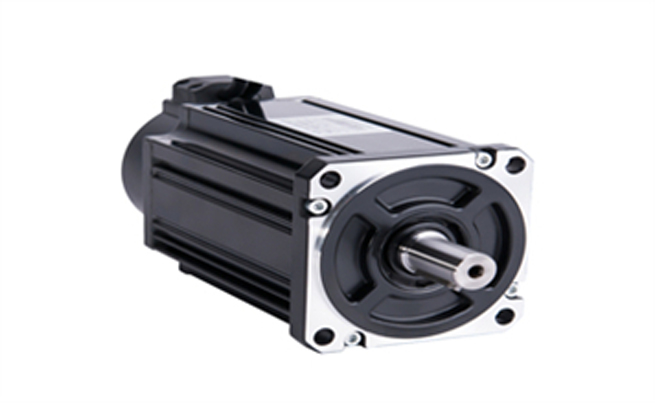
In addition, when designing the mitsubishi dc servo motor, the end cover can have a certain radian, which is conducive to its heat dissipation, but it will increase the volume of the siemens ac servo motor and increase the cost. It should be noted that if a centrifugal fan is used to dissipate heat for the motor, the wind cannot dissipate heat for the motor when the arc tail cover is damaged or deformed.
Since the fan needs to rotate to generate wind, it must be powered by a motor. The wiring mode of fan motor is basically the same as that of other motors, but it cannot be connected in parallel with other motors. Because this involves interlocking problem, that is, if the siemens fan motor does not start, the main motor cannot start.
 English
English 日本語
日本語 한국어
한국어 français
français Deutsch
Deutsch Español
Español italiano
italiano русский
русский العربية
العربية Türkçe
Türkçe Jawa
Jawa